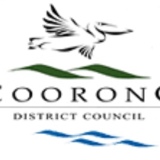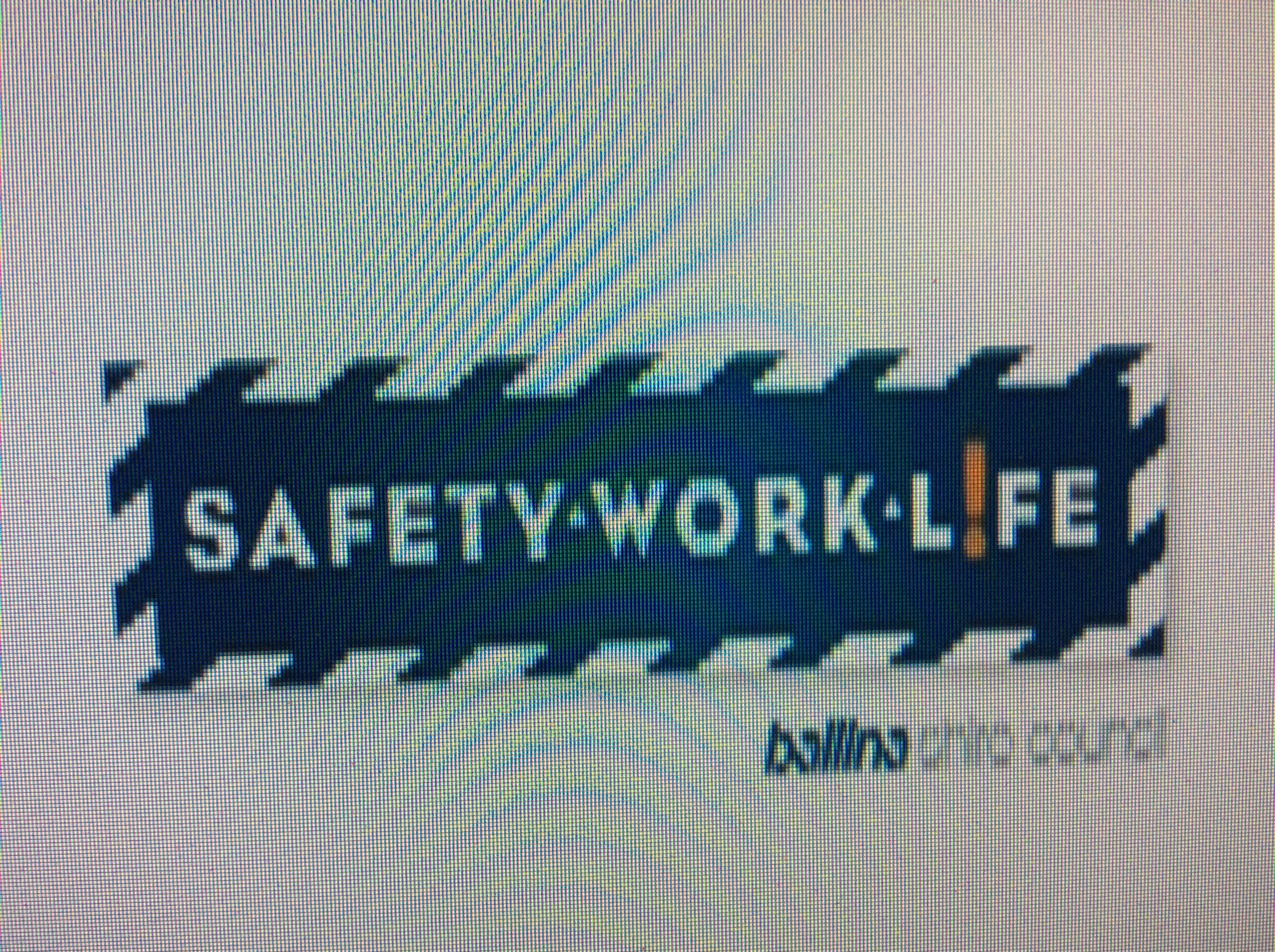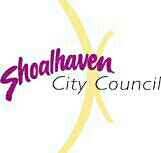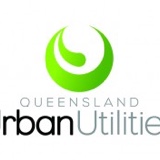Information
-
PLANT HAZARD CHECKLIST
-
Plant Name
-
Plant Number:
-
Conducted on
Part A - PLANT SUMMARY
-
Date Checklist Completed
-
Plant Description / Name of Plant
-
Plant No.
-
Please take photo of plant
-
Department
-
Location (where plant is usually stored or located)?
-
DETAILS OF PERSON UNDERTAKING CHECKLIST
-
Name
-
Position
-
Signature
-
Date
-
DETAILS OF PERSON UNDERTAKING CHECKLIST
-
Name
-
Position
-
Signature
-
Date
-
What is the equipment used for?
-
Any known Incident History? (List details if know)
-
WHS Representative (HSR)
-
Select date
Part B - HAZARD CHECKLIST
-
Use the following prompts to identify the hazards associated with the plant. If the prompt is applicable or relevant tick "YES" and continue, a separate risk assessment on the "Plant Risk Assessment Form" will then need to be completed addressing each hazard ticked "YES". If the prompt is not applicable to the plant tick "NO" If it does not apply to the plant at all, tick "N/A".
-
Code A - ENTANGLEMENT
-
A1 - Can anyone's hair, clothing, gloves, jewellery, cleaning materials becoming entangled in moving or spinning parts?
-
A2 - Other or additional information (specify)
-
Code B - CRUSHING
-
B1 - Due to material falling off the plant?
-
B2 - Due to uncontrolled or unexpected movement of the plant?
-
B3 - Due to lack of capacity of the plant to be slowed, stopped or immobilised?
-
B4 - Due to the plant tipping or rolling over?
-
B5 - Due to parts of the plant collapsing?
-
B6 - Due to coming into contact with moving parts during testing, inspection, operation, maintenance, cleaning or repair?
-
B7 - Due to being thrown off or under the plant?
-
B8 - Other or additional information (specify)
-
Code B - CUTTING, STABBING & PUNCTURING
-
C1 - Due to coming into contact with sharp or flying objects?
-
C2 - Due to coming into contact with moving parts of plant during testing, inspection, maintenance, cleaning or repair of the plant?
-
C3 - Due to the plant or work pieces disintegrating?
-
C4 - Due to work pieces or plant pieces being ejected?
-
C5 - Due to the mobility of the plant?
-
C6 - Due to the uncontrolled or unexpected start up or movement of the plant?
-
C7 - Other or additional information (specify)
-
Code D - SHEARING
-
D1 - Due to body parts being sheared between two parts of the plant or parts of the plant and a work piece or structure?
-
D2 - Other or additional information (specify)
-
Code E - FRICTION BURN
-
E1 - Due to contact with friction heated moving parts/surfaces of plant or materials?
-
E2 - Other or additional information (specify)
-
Code F - STRIKING BY MOVING OBJECTS
-
F1 - Due to uncontrolled or unexpected movement of the plant or materials?
-
F2 - Due to the plant, parts or work pieces disintegrating?
-
F3 - Due to work pieces being ejected?
-
F4 - Due to mobility or movement of the plant or plant parts?
-
F5 - Other or additional information (specify)
-
Code G - HIGH PRESSURE FLUID INJURY
-
G1 - Due to coming into contact with fluids under high pressure due to plant or hose failure or misuse of the plant?
-
G2 - Other or additional information (specify)
-
Code H - SUFFOCATION
-
H1 - Due to lack of oxygen or atmospheric contamination?
-
H2 - Other or additional information (specify)
-
Code I - HIGH TEMPERATURE INJURY
-
I1 - Due to coming into contact with objects at high temperatures?
-
I2 - Due to fire?
-
I3 - Other or additional information (specify)
-
Code J - THERMAL DISCOMFORT
-
J1 - Due to exposure to high or low temperatures?
-
J2 - Other or additional information (specify)
-
Code K - ELECTRICAL SHOCK OR ELECTRICAL BURN
-
K1 - Due to the plant contacting live electrical conductors?
-
K2 - Due to the plant working in close proximity to electrical conductors?
-
K3 - Due to overload of electrical circuits?
-
K4 - Due to damage or worn electrical cables, leads or switches?
-
K5 - Due to water near electrical equipment?
-
K6 - Due to inadequate isolation of electrical power supply?
-
K7 - Due to residual electrical energy?
-
K8 - Other or additional information (specify)
-
Code L - EXPLOSION
-
L1 - Due to explosion of flammable or explosive gases, vapours, liquids, dust or other substances triggered by operation of the plant or material?
-
L2 - Due to high pressure build up?
-
L3 - Other or additional information (specify)
-
Code M - SLIPPING, TRIPPING OR FALLING
-
M1 - Due to uneven or slippery surfaces?
-
M2 - Due to poor housekeeping, e.g. equipment, etc. not stored properly?
-
M3 - Due to obstacles being placed in the vicinity of the plant?
-
M4 - Other or additional information (specify)
-
Code N - FALLING FROM HEIGHT
-
N1 - Due to lack of a proper work platform?
-
N2 - Due to lack of proper stairs or ladder?
-
N3 - Due to lack of guardrails or suitable edge protection?
-
N4 - Due to unprotected holes, penetrations or gaps?
-
N5 - Due to poor floor or walking surfaces, not slip resistant?
-
N6 - Due to steep or sloping walking surfaces?
-
N7 - Due to collapse of the supporting structure?
-
N8 - Other or additional information (specify)
-
Code O - ERGONOMICS OR PLANT ENVIRONMENT INJURY
-
O1 - Due to poorly designed seating?
-
O2 - Due to repetitive body movements?
-
O3 - Due to constrained body posture or the need for excessive effort?
-
O4 - Due to design deficiency causing mental or psychological stress?
-
O5 - Due to inadequate or poorly placed lighting?
-
O6 - Due to Lack of consideration given to human error or human behaviour?
-
O7 - Due to mismatch of the plant with human traits and natural limitations?
-
O8 - Other or additional information (specify)
-
Code P - OTHER HAZARDS - INJURIES OR ILL HEALTH
-
P1 - Due to chemicals?
-
P2 - Due to dust?
-
P3 - Due to radiation?
-
P4 - Due to toxic gases?
-
P5 - Due to noise?
-
P6 - Due to fumes?
-
P7 - Due to vibration?
-
P8 - Other or additional information (specify)











